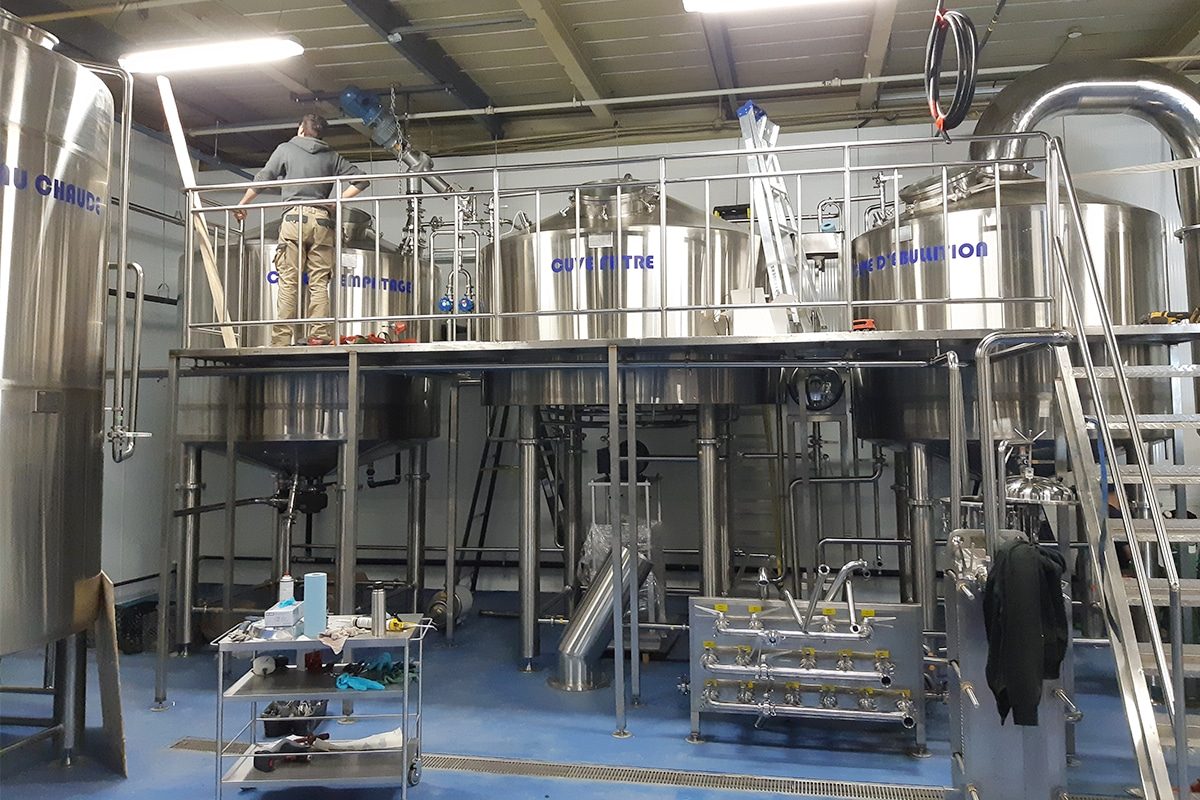
Microbrewery VS Nano Brewery
Craft beer enthusiasts have witnessed significant growth in the brewing industry over the past few decades. Amidst the sea of mass-produced beers, several small breweries have emerged, offering beer lovers a variety of flavors and styles to explore. Within this vibrant landscape, two distinct categories capture the attention of connoisseurs and casual drinkers alike: microbreweries and nanobreweries.
In the pursuit of quality, flavor, and authenticity, microbreweries and nanobreweries have carved out their niches, each contributing to the craft beer renaissance in their own unique way. For many, however, the lines between the two categories remain blurred, raising questions about the differences and nuances between them.
In this comprehensive exploration, we delve into the nitty-gritty of microbreweries and nanobreweries, revealing the intricate differences between them. From production scale and equipment to innovative methods and community involvement, we embark on a journey to discover the unique characteristics of the pillars of the craft beer movement.
Complete Guide
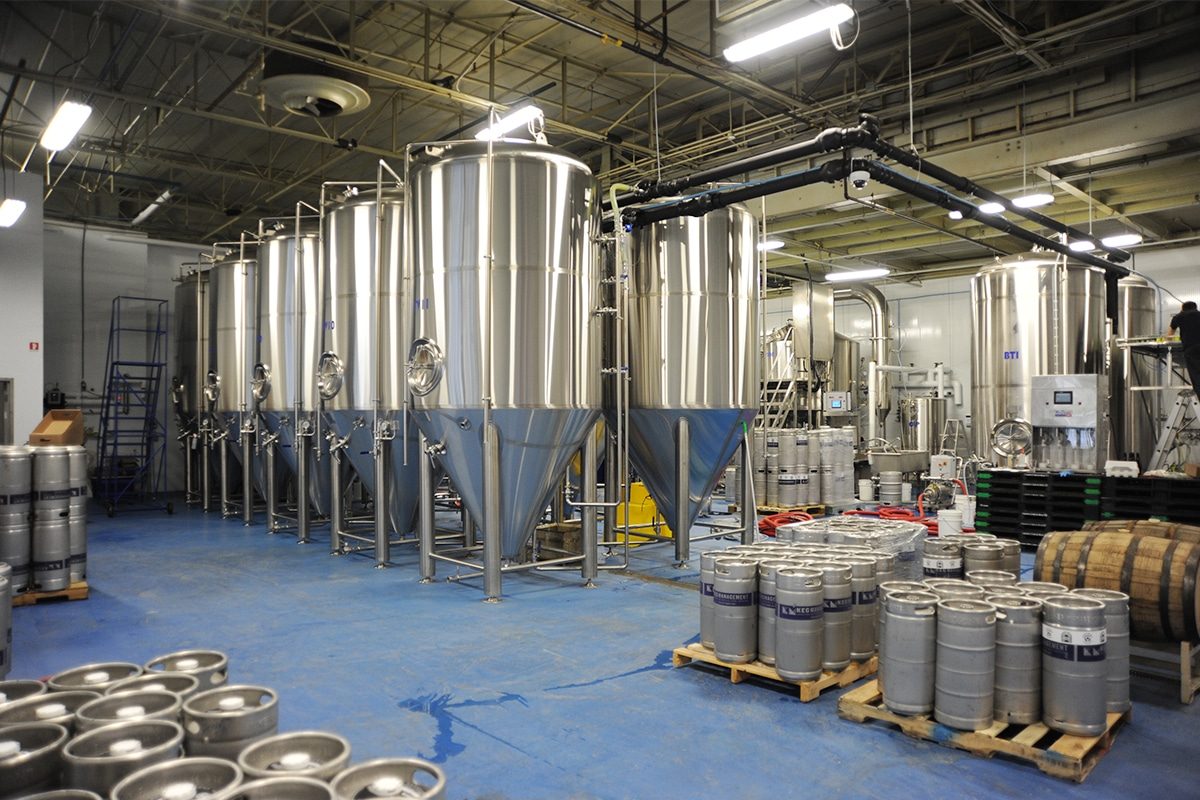
Origins and Evolution of Craft Brewing
To understand the nuances between microbreweries and nano-breweries, it’s essential to trace the roots of craft brewing and its evolution over time. Craft brewing, as we know it today, emerged as a response to the industrialization and consolidation of the beer industry in the mid-20th century.
Origins of Craft Brewing
The resurgence of interest in traditional brewing methods and unique beer styles can be traced back to the 1960s and 1970s, primarily in the United States. Influenced by the counterculture movements of the era and growing disillusionment with mass-produced beers, a handful of pioneering brewers began experimenting with small-scale production, focusing on quality, flavor, and innovation.
Early Craft Brewers
Among the trailblazers of the craft beer movement were visionaries such as Fritz Maytag, who revitalized the Anchor Brewing Company in San Francisco, and Jack McAuliffe, founder of New Albion Brewing Company in California. These early craft brewers rejected the homogenized, bland beers of the mainstream industry and instead embraced traditional brewing techniques, premium ingredients, and a spirit of creativity.
Craft Beer Revolution
The 1980s marked the beginning of what would later be dubbed the “craft beer revolution.” As consumer preferences shifted towards more flavorful and diverse beer options, a wave of small, independent breweries emerged across the United States. These breweries, often operating on a micro-scale compared to their industrial counterparts, focused on producing distinctive beers with character and depth.
Expansion and Diversification
Throughout the 1990s and into the 21st century, the craft beer movement continued to gain momentum, spreading to countries around the world. Microbreweries proliferated, offering an ever-expanding array of beer styles, from hop-forward IPAs to rich, complex stouts. As the movement matured, breweries began to specialize in niche markets, catering to specific tastes and preferences within the beer community.
Rise of Nano-breweries
While microbreweries established themselves as fixtures in the craft beer landscape, a new player entered the scene in the late 2000s — the nano-brewery. As the craft beer market became increasingly crowded, some aspiring brewers sought to carve out their niche by operating on an even smaller scale. Nano-breweries embraced the ethos of craft brewing on a micro level, focusing on artisanal production, experimentation, and local engagement.
The origins and evolution of craft brewing provide valuable context for understanding the differences between microbreweries and nano-breweries. From humble beginnings as a countercultural movement to a global phenomenon driving innovation and diversity in the beer industry, craft brewing has undergone remarkable transformation. As we delve deeper into the world of microbreweries and nano-breweries, it’s essential to recognize the rich tapestry of history and tradition that informs their practices and philosophies.
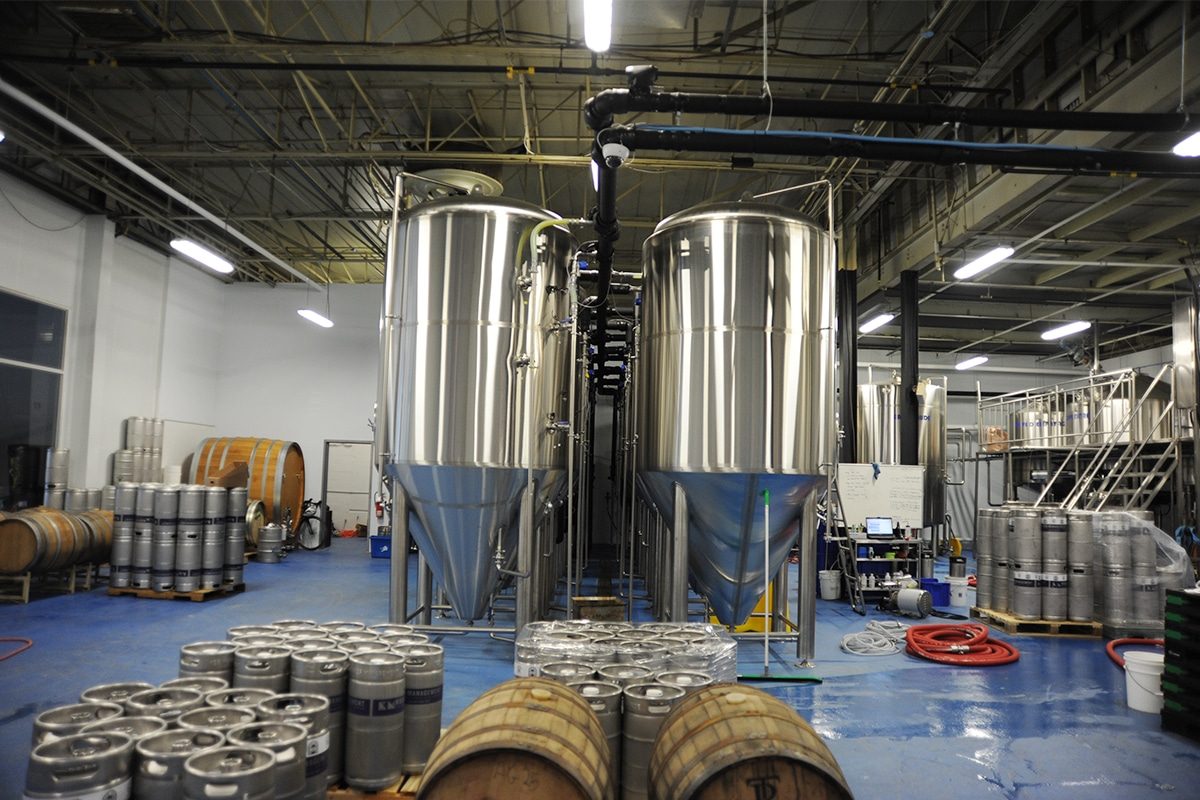
Definition and Scale
In the colorful and dynamic world of craft brewing, two distinct categories stand out: the microbrewery and the nano-brewery. While both share a passion for brewing small-batch, artisanal beer, they differ significantly in terms of scale, production volume, and market reach. Understanding the defining characteristics of each is essential for appreciating the nuances within the craft beer landscape.
Microbrewery
A microbrewery is characterized by its relatively larger scale of production compared to nano-breweries. Although specific definitions may vary by region and industry standards, microbreweries typically produce beer in quantities ranging from a few thousand to 15,000 barrels annually. The Brewers Association in the United States defines a microbrewery as one that produces fewer than 15,000 barrels per year, with 75% or more of its beer sold off-site.
Microbreweries often boast a well-equipped facility, featuring a brewhouse with advanced brewing equipment such as multiple fermentation tanks, mash tuns, and bottling or canning lines. These breweries may also include a taproom or tasting room where customers can sample a variety of beers directly from the source. The scale of microbreweries allows them to cater to a broader market, distributing their products to local bars, restaurants, and liquor stores, and even exporting to other regions or countries.
Nano-brewery
In contrast, a nano-brewery operates on a much smaller scale, producing beer in extremely limited quantities. While there is no strict definition for nano-breweries in terms of production volume, they typically brew fewer than 1000 barrels per year, often producing just a few hundred barrels or even less. Nano-breweries epitomize the essence of small-batch brewing, focusing on quality, creativity, and experimentation.
Nano-breweries may operate with basic brewing equipment, such as small-scale brewing kits or repurposed homebrewing setups. Their facilities are often compact and efficient, allowing brewers to experiment with different ingredients, recipes, and brewing techniques on a small scale. While some nano-breweries may have a taproom or retail space, others may primarily sell their beer directly to customers through farmers’ markets, online platforms, or local bottle shops.
The distinction between microbreweries and nano-breweries lies not only in their scale of production but also in their approach to brewing, community engagement, and market reach. While microbreweries cater to a broader audience with their diverse range of beers and larger distribution networks, nano-breweries offer a more intimate and experimental experience, focusing on quality over quantity and cultivating close connections with their local community. By understanding the definitions and scales of microbreweries and nano-breweries, beer enthusiasts can better appreciate the diversity and creativity within the craft beer industry.
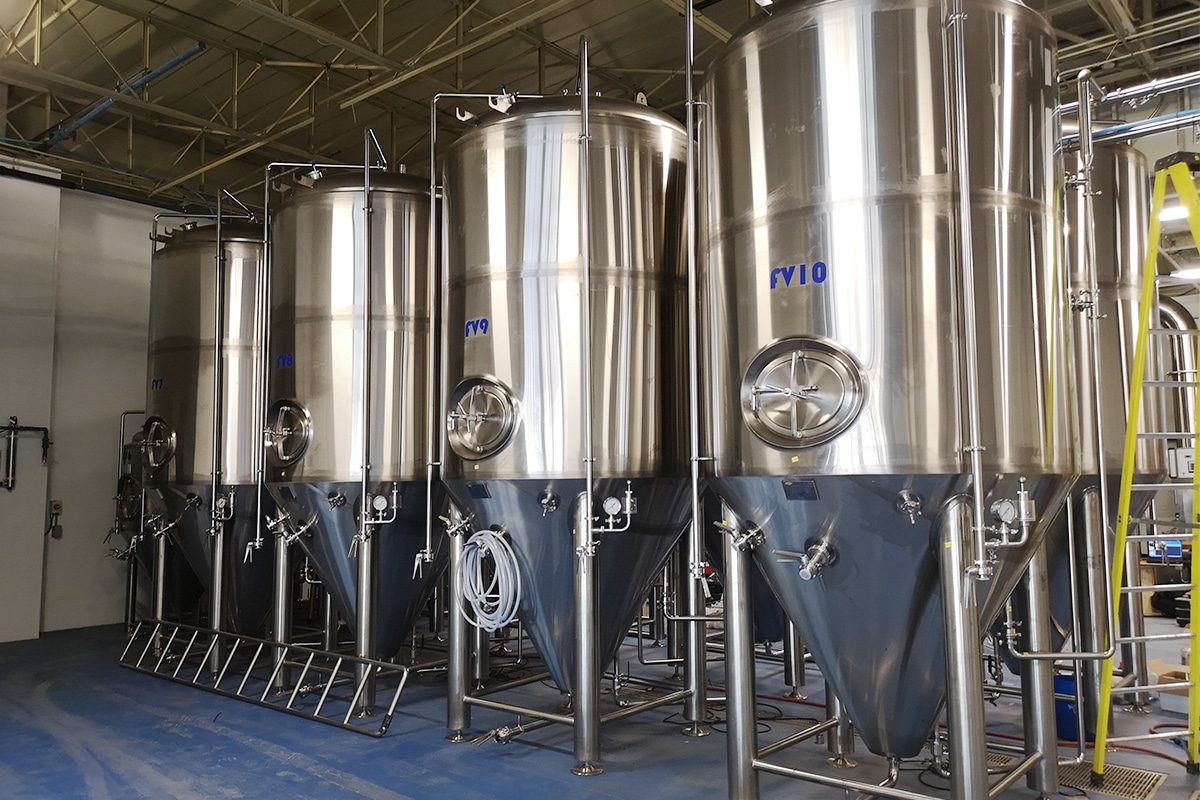
Infrastructure and Equipment
The infrastructure and equipment utilized by microbreweries and nano-breweries play a pivotal role in shaping their brewing processes, efficiency, and overall operations. While both types of breweries share a commitment to quality and craftsmanship, the scale of their facilities and the sophistication of their equipment may vary significantly.
Microbreweries
Microbreweries typically invest in larger and more advanced brewing equipment to meet the demands of their relatively higher production volume. These breweries boast a comprehensive infrastructure, featuring a brewhouse equipped with state-of-the-art brewing equipment such as mash tuns, brew kettles, fermentation tanks, and bright tanks for conditioning and packaging.
The brewhouse is the heart of a microbrewery, where the brewing process begins, from mashing and lautering to boiling and fermenting. Microbreweries may also incorporate additional equipment such as bottling or canning lines, kegging systems, and cold storage facilities to ensure the quality and consistency of their beers.
In addition to brewing equipment, microbreweries often have well-appointed facilities, including taprooms, tasting rooms, and hospitality areas where customers can sample a variety of beers, learn about the brewing process, and enjoy a vibrant brewery experience. These spaces contribute to the brewery’s identity and serve as hubs for community engagement and social interaction.
Nano-breweries
Nano-breweries, operating on a much smaller scale, may have more modest infrastructure and equipment compared to microbreweries. While the specific setup can vary widely depending on the brewer’s preferences and resources, nano-breweries typically prioritize efficiency, flexibility, and innovation in their brewing operations.
Nano-breweries may utilize compact brewing systems, such as small-scale brewing kits or custom-built setups tailored to their production needs. These systems are designed to maximize space and optimize brewing efficiency, allowing nano-brewers to experiment with different recipes, ingredients, and brewing techniques on a small scale.
Unlike microbreweries, nano-breweries may not always have dedicated taprooms or tasting rooms on-site. Instead, they may focus on direct sales to local customers through alternative channels such as farmers’ markets, online platforms, or collaborations with local bars and restaurants. Some nano-breweries may also offer brewery tours or tasting events to engage with their community and showcase their unique brewing process.
While both microbreweries and nano-breweries share a commitment to quality and innovation, their infrastructure and equipment reflect their respective scales of production and brewing philosophies. Microbreweries invest in larger, more sophisticated brewing systems and facilities to accommodate higher production volumes and cater to a broader audience, while nano-breweries prioritize efficiency, flexibility, and creativity in their smaller-scale operations. By understanding the differences in infrastructure and equipment, beer enthusiasts can gain insight into the brewing processes and unique offerings of microbreweries and nano-breweries alike.
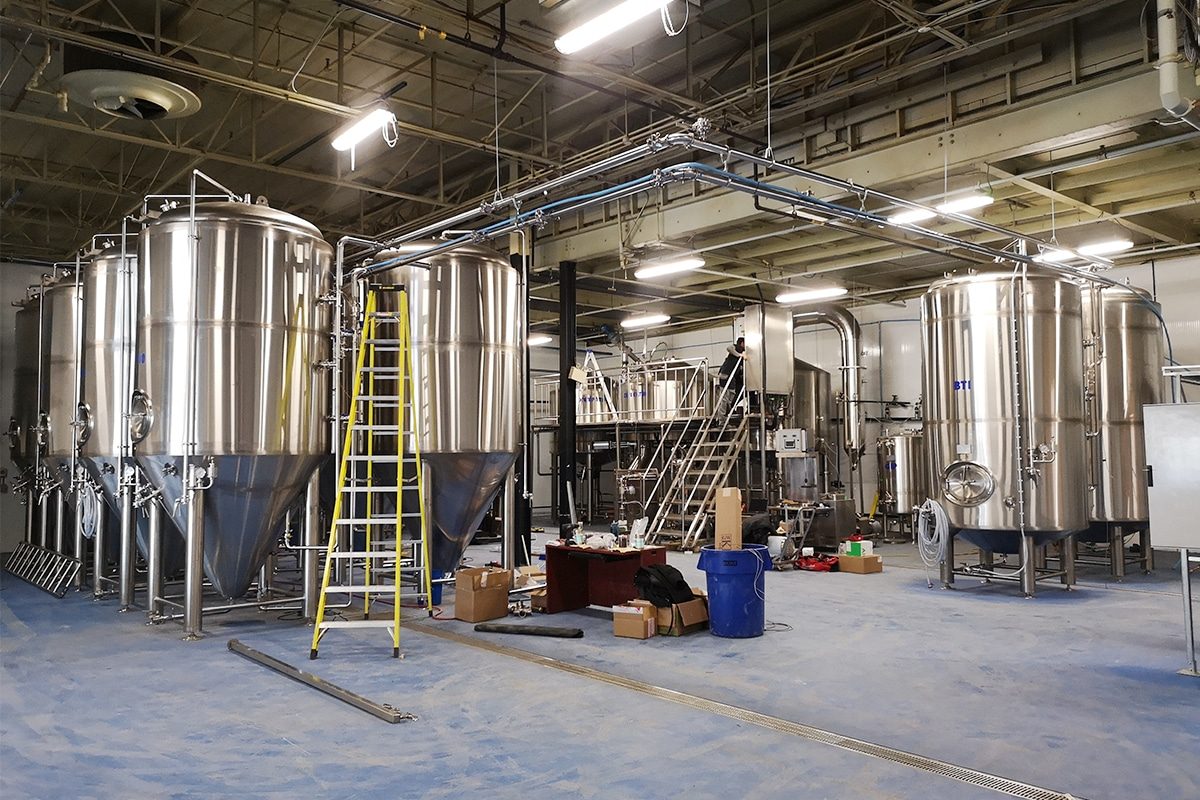
Variety and Innovation
One of the captivating aspects of the craft beer revolution is the incredible variety and innovation it brings to the brewing landscape. Both microbreweries and nano-breweries contribute to this diversity, but the scale at which they operate profoundly influences the extent of their creativity, experimentation, and the range of beer styles they can offer.
Microbreweries
Microbreweries, with their larger production capacity, have the opportunity to explore a vast spectrum of beer styles and flavors. The ability to produce larger batches allows microbreweries to experiment with a diverse range of ingredients, brewing techniques, and recipes. As a result, they often boast expansive beer menus that cater to a broad audience, from classic styles like IPAs, stouts, and lagers to more experimental and niche offerings such as sours, barrel-aged brews, and unique collaborations.
The scale of microbreweries facilitates the establishment of flagship beers, those reliable and consistently brewed favorites that form the core of the brewery’s identity. Additionally, microbreweries often release seasonal and limited-edition batches, showcasing their innovative spirit and pushing the boundaries of traditional brewing. This commitment to variety and experimentation allows microbreweries to appeal to a wide array of tastes and preferences among their diverse customer base.
Nano-breweries
Nano-breweries, operating on a smaller scale, find their strength in the art of crafting small batches with a focus on quality, uniqueness, and experimental flair. The limited production volume allows nano-brewers to be agile and creative, often producing beers that might be challenging or impractical for larger breweries to attempt. Nano-breweries thrive on the freedom to explore unconventional ingredients, brewing processes, and niche styles that push the boundaries of traditional beer categories.
While nano-breweries may not have the breadth of offerings found in microbreweries, they excel in producing distinctive and one-of-a-kind brews. Each batch is a testament to the brewer’s ingenuity, offering consumers a chance to savor something truly special and exclusive. The smaller scale also allows nano-brewers to maintain a more intimate relationship with their customers, who often anticipate and celebrate the release of each new creation.
While both microbreweries and nano-breweries contribute significantly to the diversity and innovation within the craft beer industry, the scale at which they operate influences the scope of their creative endeavors. Microbreweries thrive on variety, offering a broad selection of beers that appeal to a wide audience. Nano-breweries, with their smaller scale, shine in the realm of innovation, crafting unique and experimental brews that capture the imagination of beer enthusiasts seeking something distinct and exclusive. Together, they showcase the dynamic and ever-evolving nature of craft brewing, inviting consumers to explore a world of flavors and possibilities.
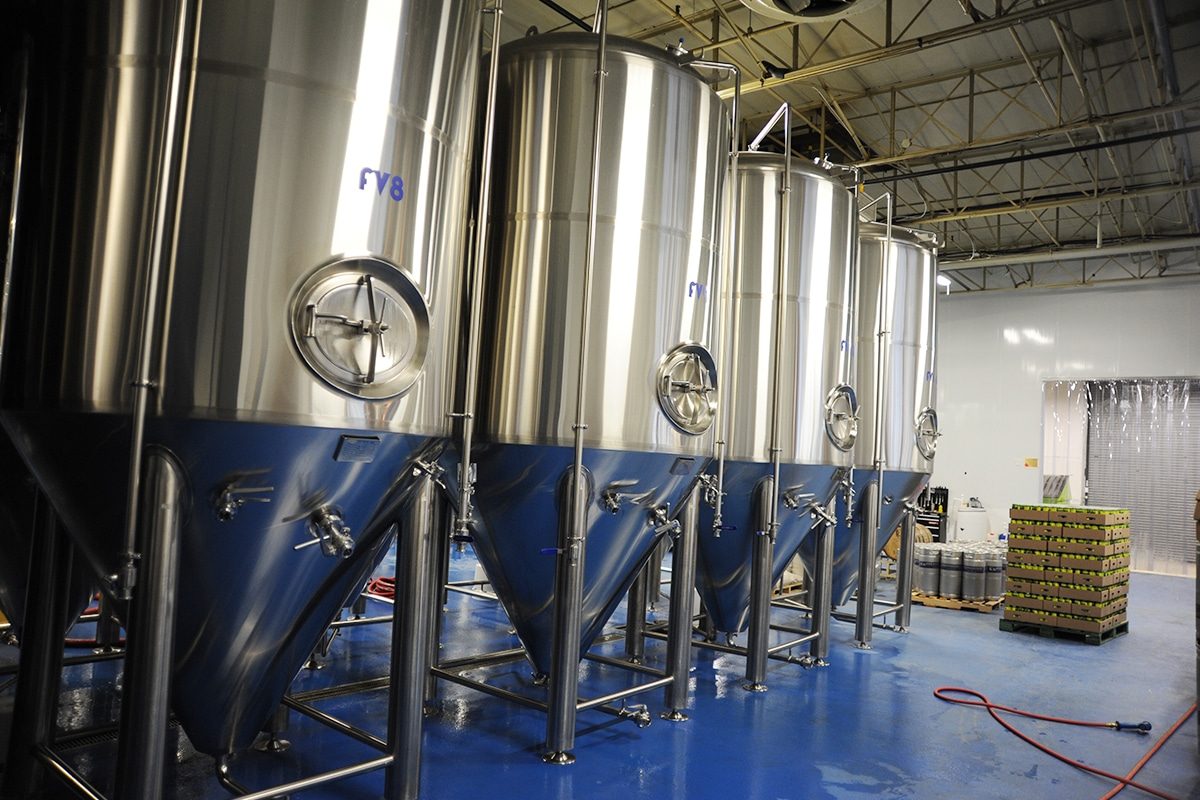
Community Engagement and Local Impact
Community engagement and local impact are central pillars of the craft beer movement, fostering connections between breweries and their surrounding communities. Both microbreweries and nano-breweries play vital roles in shaping the social fabric and economic landscape of their neighborhoods, albeit in different ways dictated by their scale and resources.
Microbreweries
Microbreweries often serve as hubs for community engagement, offering spaces where beer enthusiasts can come together to share experiences, forge friendships, and celebrate the craft of brewing. With their larger facilities and established presence in the market, microbreweries have the capacity to host a variety of events, from beer tastings and brewery tours to live music performances and charitable fundraisers.
The presence of a taproom or tasting room within microbreweries provides a welcoming environment for patrons to gather and connect over fresh, locally brewed beer. These spaces often serve as cultural hubs within their communities, attracting visitors from near and far to sample the brewery’s offerings and immerse themselves in the craft beer experience.
Beyond the confines of their brewery walls, microbreweries actively participate in local events, festivals, and collaborations, contributing to the vibrancy of their neighborhoods and supporting other small businesses in the area. Additionally, microbreweries may engage in philanthropic efforts, partnering with local charities or organizations to give back to the community and address social issues through initiatives such as fundraisers or awareness campaigns.
Nano-breweries
Nano-breweries, while operating on a smaller scale, excel in fostering intimate connections with their local community and making a significant impact at the grassroots level. Despite their limited resources, nano-breweries prioritize personal interactions and authenticity, forging genuine relationships with customers through direct engagement and word-of-mouth recommendations.
While some nano-breweries may not have dedicated taprooms or retail spaces, they often find creative ways to connect with their community, such as hosting pop-up events, collaborating with local businesses, or participating in farmers’ markets and craft fairs. These grassroots efforts allow nano-breweries to cultivate a loyal following and establish themselves as integral parts of their neighborhoods.
In addition to supporting local businesses and initiatives, nano-breweries may also contribute to the economic revitalization of their communities by attracting visitors and tourism dollars. By showcasing the unique flavors and stories behind their small-batch brews, nano-breweries help put their neighborhoods on the map as destinations for craft beer enthusiasts seeking authentic and memorable experiences.
While both microbreweries and nano-breweries contribute to community engagement and local impact, their approaches reflect their respective scales and priorities within the craft beer landscape. Microbreweries serve as cultural hubs and economic drivers, hosting events, supporting local initiatives, and attracting visitors from afar. Nano-breweries, with their focus on intimacy and authenticity, forge deep connections with their immediate surroundings, fostering a sense of belonging and pride within their neighborhoods. Together, they exemplify the transformative power of craft brewing in building vibrant and resilient communities.

Economic Considerations
The craft beer industry not only offers a rich tapestry of flavors and experiences but also contributes significantly to local economies through job creation, tourism, and entrepreneurship. Understanding the economic considerations associated with microbreweries and nano-breweries provides valuable insight into their financial viability, sustainability, and broader impact on the communities they serve.
Microbreweries
Microbreweries play a substantial role in driving economic growth and development within their regions. With their larger scale of production and distribution networks, microbreweries can generate significant revenue streams and create employment opportunities across various sectors, including brewing, hospitality, marketing, and distribution.
The presence of a microbrewery can have a ripple effect on the local economy, supporting ancillary businesses such as suppliers, distributors, food vendors, and tourism-related services. Microbreweries often attract visitors from outside the area, stimulating tourism and hospitality industries by drawing in beer enthusiasts seeking unique experiences and flavors.
Furthermore, microbreweries contribute to the revitalization of urban and rural areas by repurposing vacant or underutilized spaces and transforming them into vibrant cultural hubs. The development of taprooms, tasting rooms, and brewery tours not only enhances the social fabric of communities but also increases property values and stimulates economic activity in surrounding neighborhoods.
Nano-breweries
While nano-breweries operate on a smaller scale compared to microbreweries, they still make valuable contributions to local economies through entrepreneurship, innovation, and community engagement. Despite their limited production volume, nano-breweries have the potential to generate economic value by creating jobs, supporting local suppliers, and attracting visitors to their neighborhoods.
Nano-breweries often rely on direct sales to customers through alternative channels such as farmers’ markets, online platforms, or collaborations with local businesses. By keeping overhead costs low and focusing on small-batch production, nano-breweries can achieve profitability while maintaining flexibility and independence in their operations.
Additionally, nano-breweries contribute to the cultural and social fabric of their communities by fostering connections and camaraderie among locals. Their intimate settings and personalized approach to brewing create opportunities for meaningful interactions and shared experiences, which in turn contribute to the overall well-being and vibrancy of their neighborhoods.
Both microbreweries and nano-breweries play vital roles in driving economic growth, fostering entrepreneurship, and enhancing the quality of life within their communities. While microbreweries contribute to the economy through scale and distribution, nano-breweries make valuable contributions through innovation, localization, and community engagement. By recognizing the economic considerations associated with each, policymakers, investors, and consumers can better appreciate the diverse contributions of microbreweries and nano-breweries to the broader economic landscape.
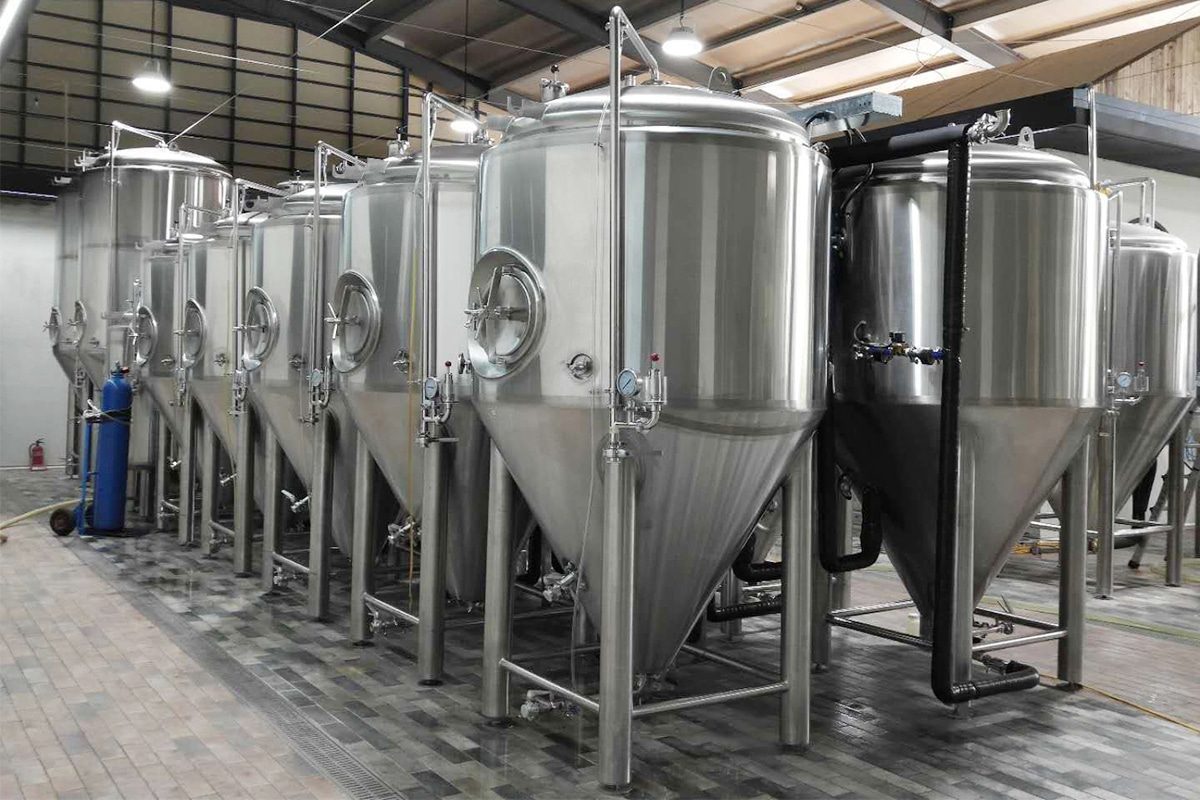
Regulatory Considerations
In the complex and highly regulated world of brewing, both microbreweries and nano-breweries must navigate a myriad of legal requirements, licensing procedures, and compliance obligations. Understanding the regulatory considerations associated with each type of brewery is essential for aspiring brewers and policymakers alike, as it can have significant implications for their operations, market access, and long-term viability.
Microbreweries
Microbreweries, by their larger scale of production, often face more stringent regulatory requirements compared to nano-breweries. Depending on the jurisdiction, microbreweries may be subject to various permits, licenses, and certifications at the federal, state/provincial, and local levels.
At the federal level in the United States, microbreweries must obtain a Brewer’s Notice from the Alcohol and Tobacco Tax and Trade Bureau (TTB) to operate legally. This involves submitting detailed paperwork, undergoing background checks, and complying with specific regulations governing brewery operations, labeling, and taxation.
In addition to federal regulations, microbreweries must also adhere to state/provincial and local laws governing alcohol production, distribution, and sales. These regulations may cover areas such as zoning, health and safety standards, environmental compliance, and licensing requirements for on-site consumption, distribution, and retail sales.
Microbreweries that distribute their products beyond their local area may face additional regulatory hurdles, including obtaining permits for interstate or international commerce, complying with import/export regulations, and navigating complex tax structures and excise duties.
Despite the regulatory challenges, microbreweries often benefit from economies of scale, which can help offset compliance costs and streamline administrative processes. Moreover, the established nature of microbreweries within the industry may afford them greater visibility, credibility, and influence in shaping regulatory policies and advocacy efforts on behalf of the craft beer community.
Nano-breweries
Nano-breweries, operating on a smaller scale, may enjoy certain regulatory advantages compared to microbreweries, but they still must comply with applicable laws and regulations governing alcohol production and distribution.
In some jurisdictions, nano-breweries may benefit from simplified licensing procedures or exemptions designed to support small-scale artisanal producers. For example, some regions offer special permits or licenses for nano-breweries that produce below a certain threshold of beer volume per year, allowing them to operate with fewer administrative burdens and compliance costs.
Despite these potential advantages, nano-breweries must still navigate a complex web of regulations governing alcohol production, safety, labeling, and taxation. Compliance with health and safety standards, environmental regulations, and zoning requirements may also be necessary depending on the brewery’s location and operating conditions.
Additionally, nano-breweries that engage in direct sales to consumers, whether through on-site taprooms, online platforms, or farmers’ markets, must ensure compliance with retail licensing requirements, age verification protocols, and other consumer protection measures.
Navigating the regulatory landscape is a critical aspect of establishing and operating a successful brewery, whether it be a microbrewery or a nano-brewery. Understanding the regulatory considerations associated with each type of brewery is essential for compliance, risk management, and ensuring a smooth and sustainable path to growth within the craft beer industry. By staying informed and proactive, brewers can navigate regulatory challenges effectively and focus on what they do best: brewing exceptional beer.
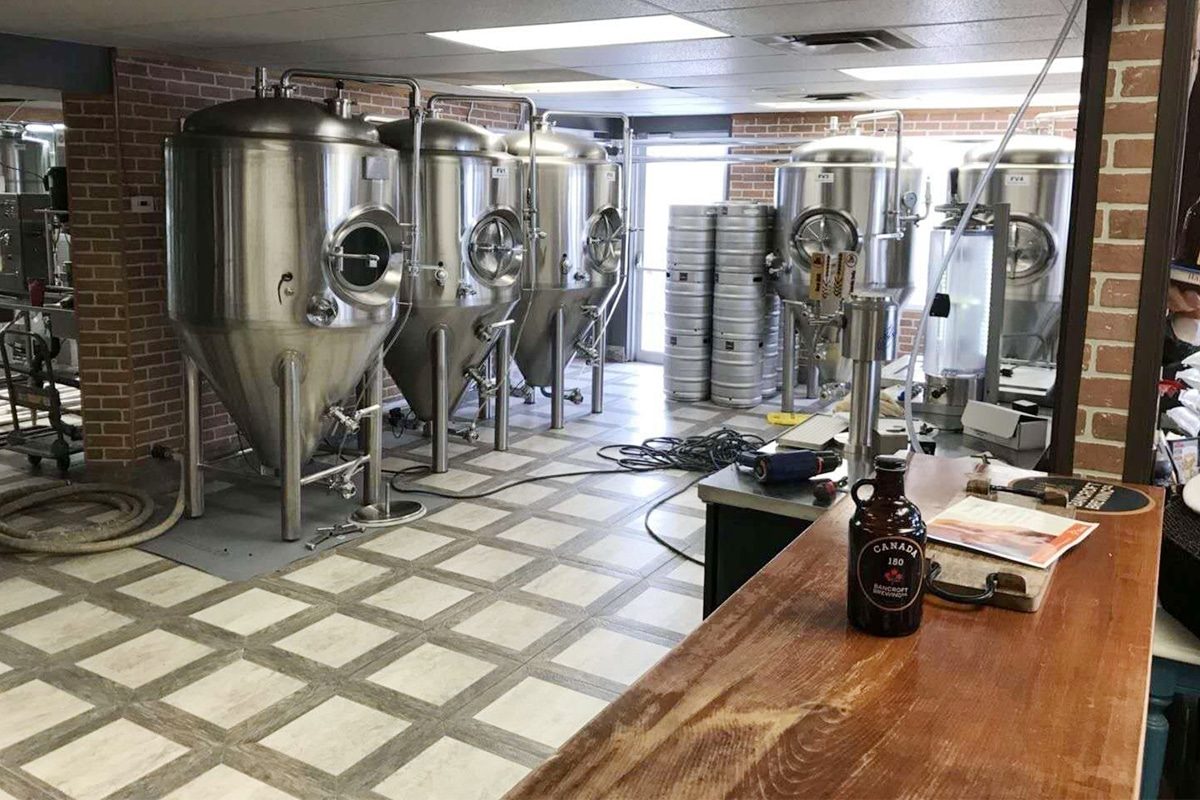
Summarize
In the rich tapestry of the craft beer world, microbreweries and nano-breweries stand as distinct yet complementary threads, each weaving its unique story in the ever-evolving narrative of brewing craftsmanship. Microbreweries, with their larger scale and diverse offerings, serve as cultural hubs, driving economic growth and contributing to the broader beer landscape. On the other hand, nano-breweries, with their intimate settings and experimental spirit, bring a touch of artistry to the craft, fostering local connections and celebrating the essence of small-batch brewing.
Together, these breweries exemplify the dynamism and diversity within the craft beer movement. Whether it’s the community engagement of a microbrewery or the innovation of a nano-brewery, both play crucial roles in shaping the industry.
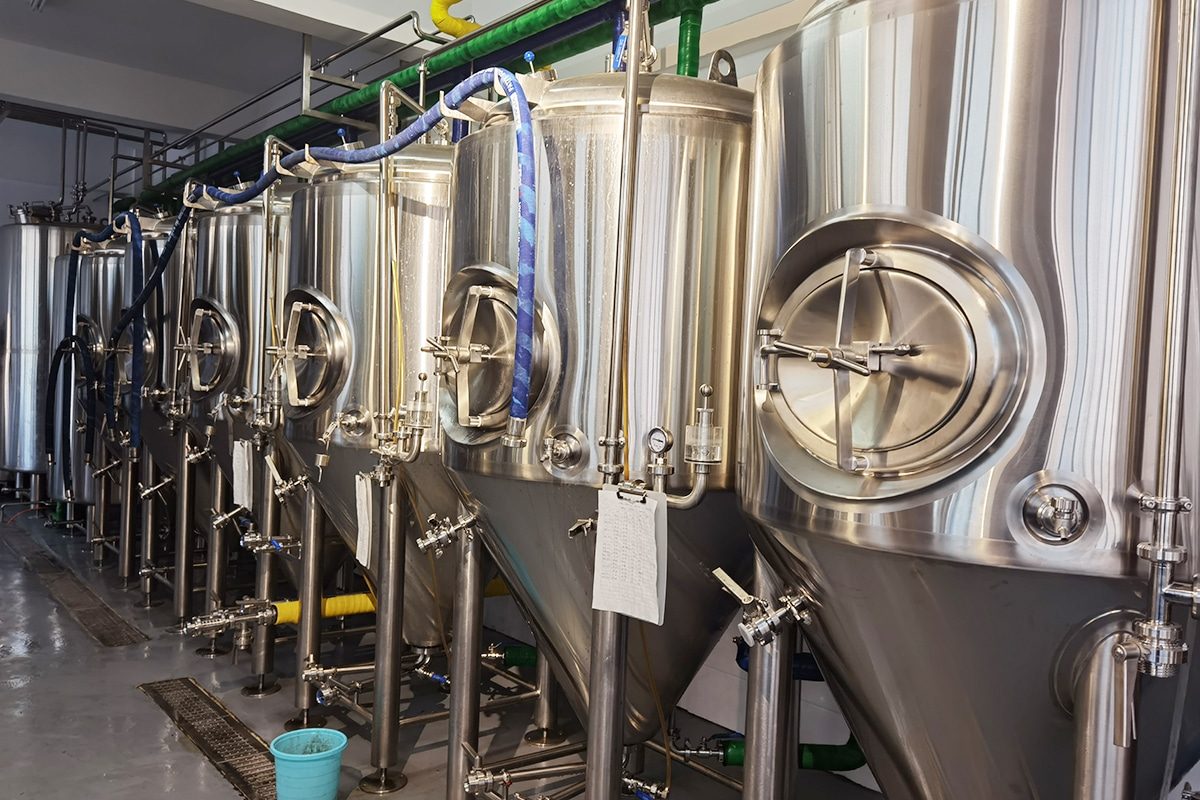
Get A Turnkey Brewery Solution
Are you inspired to embark on your brewing journey but unsure where to start? Look no further! Our team specializes in providing turnkey brewery solutions tailored to your needs, whether you’re dreaming of launching a microbrewery or a nano-brewery.
With our expertise and comprehensive services, we guide you through every step of the process, from initial concept development to equipment installation and brewery operation. Our turnkey solutions encompass brewery design, equipment sourcing, installation, training, and ongoing support, ensuring a seamless and successful brewery launch.
To learn more about our turnkey brewery solutions and obtain a customized quotation, contact us today. Our dedicated team is ready to assist you in turning your brewing vision into reality. Let’s collaborate to create a brewery that reflects your passion, creativity, and commitment to crafting exceptional beer. Don’t delay, take the first step towards your brewing adventure with our turnkey brewery solutions.



